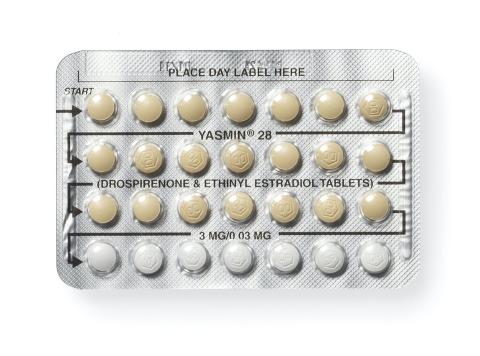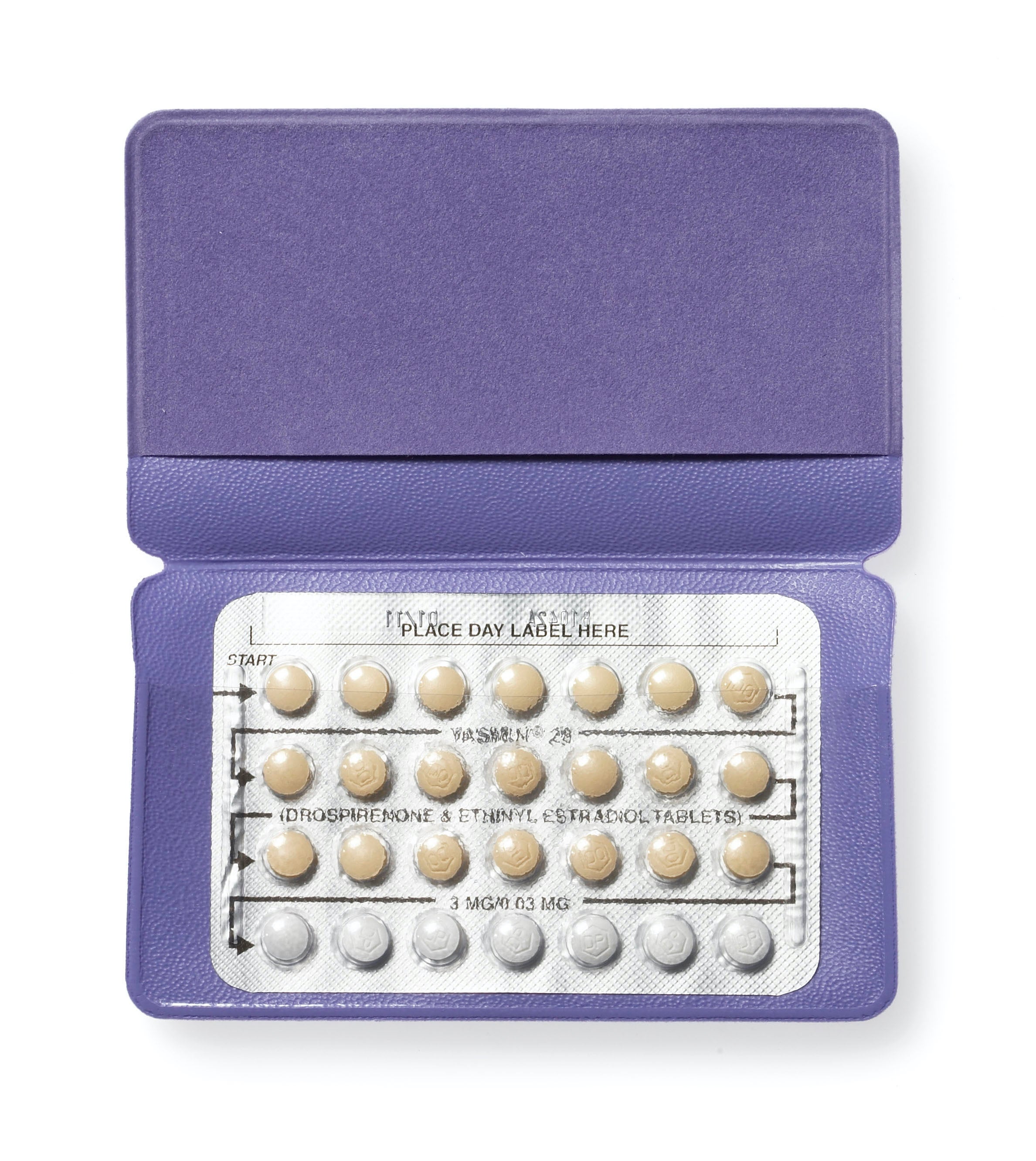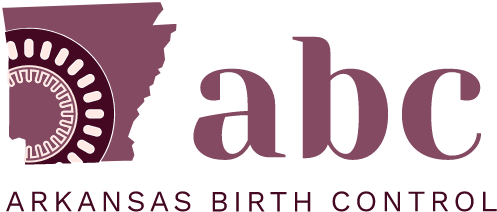Birth control pill

Basic Info & FAQs
“The Pill” is a pill. (How’s that for stating the obvious?) Some people call it “oral contraception.” You take it once a day, at the same time every day. There are lots of different kinds of pills on the market, and new ones come out all the time. Most work by releasing hormones that keep your ovaries from releasing eggs. The hormones also thicken your cervical mucus, which helps to block sperm from getting to the egg in the first place.

These use an estrogen/progestin combo that works with your body to prevent ovulation. A monthly combination pill pack contains 3 consecutive weeks of hormone-based pills and a week of placebos that’ll bring on your period.


Better known as the mini-pill, these have no estrogen in them and are often prescribed if you’re sensitive to combination pills and having side effects. They release a small amount of progestin everyday of the month and don’t give you a period during a set week.

It takes discipline
You’ve got to remember to take your pill at the same time every day. Even on weekends. Even on vacation. So, ask yourself: how good are you with stuff like that?
You want predictable periods
If you feel comforted by getting your period every month—and not having random spotting in between—this could be a good choice for you.
Skipping Aunt Flo
Some pills allow you to skip your period altogether, which BTW, is totally safe. Consider the possibilities!
Smokers over 35, beware
For those over 35 years old, smoking while on the pill increases the risk of certain side effects. And if you’re younger, why not quit smoking now and save yourself the trouble in the future?
The pregnancy question
You will return to fertility (which just means that you go back to being able to get pregnant) just a few days after stopping the pill. So if you don’t want to get pregnant right away, make sure you start using an alternate method as soon as you stop taking the pill.
What does it cost?
Thanks to the Affordable Care Act, if you have health insurance, chances are good that you’ll be able to get this method with no out-of-pocket cost (the exception may be if you use a name brand that has a generic equivalent).
If you don’t have insurance or Medicaid coverage, the pill averages anywhere from $10 to $50 per month, depending whether you go generic or name brand. Tip: There are many kinds, so be sure you and your health care provider find one that is right for you.
Prices:
- With Medicaid: Free
- With insurance: Free under most plans
- Without insurance: The full price of the pill can range from $10 - $50 a month. Depending on your income, you may be able to go to a low-cost clinic to get it at reduced cost.
- Payment assistance: For brand-name pills, contact the manufacturer’s website for information about coupons and discounts. Or contact the Partnership for Prescription Assistance at 1-888-4-PPA-NOW (1-888-477-2669) or www.pparx.org. Also, check with your local family planning clinics and find out if they offer free or low-cost birth control pills (most do).
How do I use it?
If you can swallow an aspirin, you can take the pill. But here’s the thing: You have to remember to take it every day, at roughly the same time, no matter what.
Some pills come in 21-day packs. Others come in 28-day packs. Some give you a regular period every month. Others let you have your period once every three months. And some even let you skip your period for an entire year. There are so many different pills available, it can be a bit confusing. Your doctor or clinic can help you figure out which pill is right for you.
Tips and tricks
Try taking your pill at the same time you always do something else in your daily routine—like brushing your teeth.
Set up a free text message or email reminder with us.
Have a box of emergency contraception on hand, just in case you forget your pill sometime during the month and then have sex without a condom or other barrier method.
The good & the bad
Positive “side effects”? You bet. There are actually lots of things about birth control that are good for your body as well as your sex life.
- Easy to use—just swallow with water
- Doesn’t interrupt the heat of the moment
- Might give you lighter periods
- Gives you control over when you have your period
- Some pills clear up acne
- Can reduce menstrual cramps and PMS
- Some pills offer protection against some nasty health problems, like endometrial and ovarian cancer, iron deficiency anemia, ovarian cysts, and pelvic inflammatory disease
Everyone worries about negative side effects, but for many women, they’re not a problem. And if you do experience side effects, they’ll probably go away. Remember, you’re introducing hormones into your body, so it can take a few months to adjust. Give it time.
Things that will probably go away after two or three months:
- Bleeding in between periods
- Sore breasts
- Nausea and vomiting
Things that may last longer:
- A change in your sex drive
If you still feel uncomfortable after three months, switch methods and stay protected. You’re worth it.
*For a very small number of women there are risks of more serious side effects.

